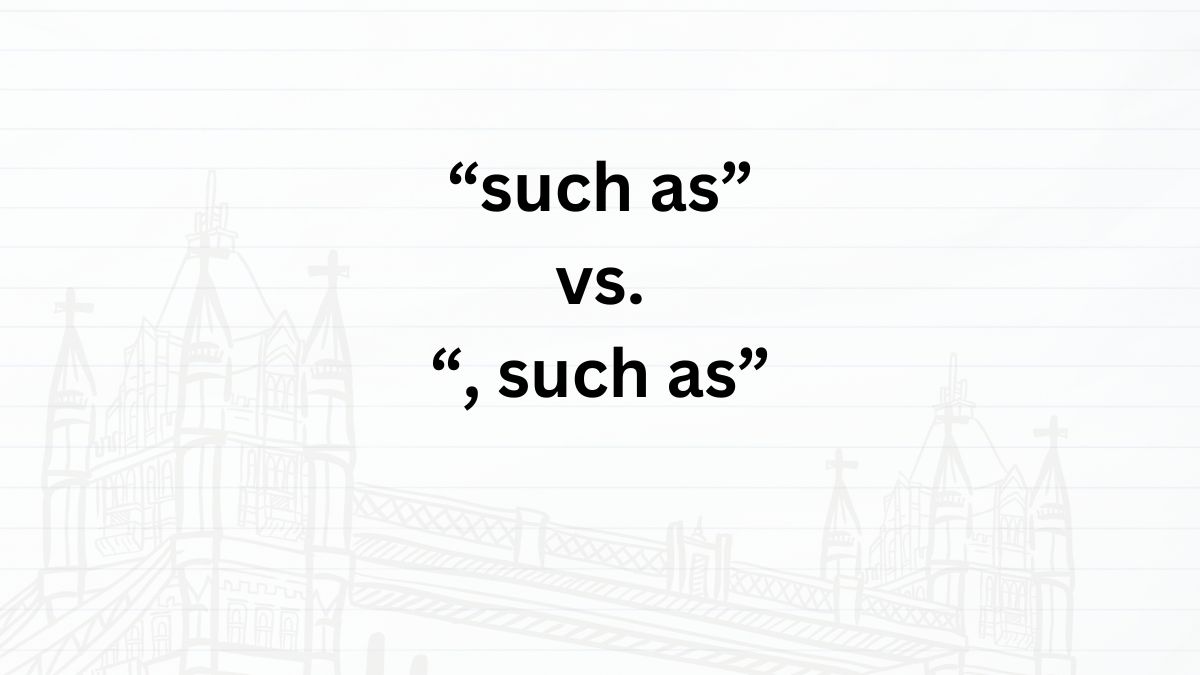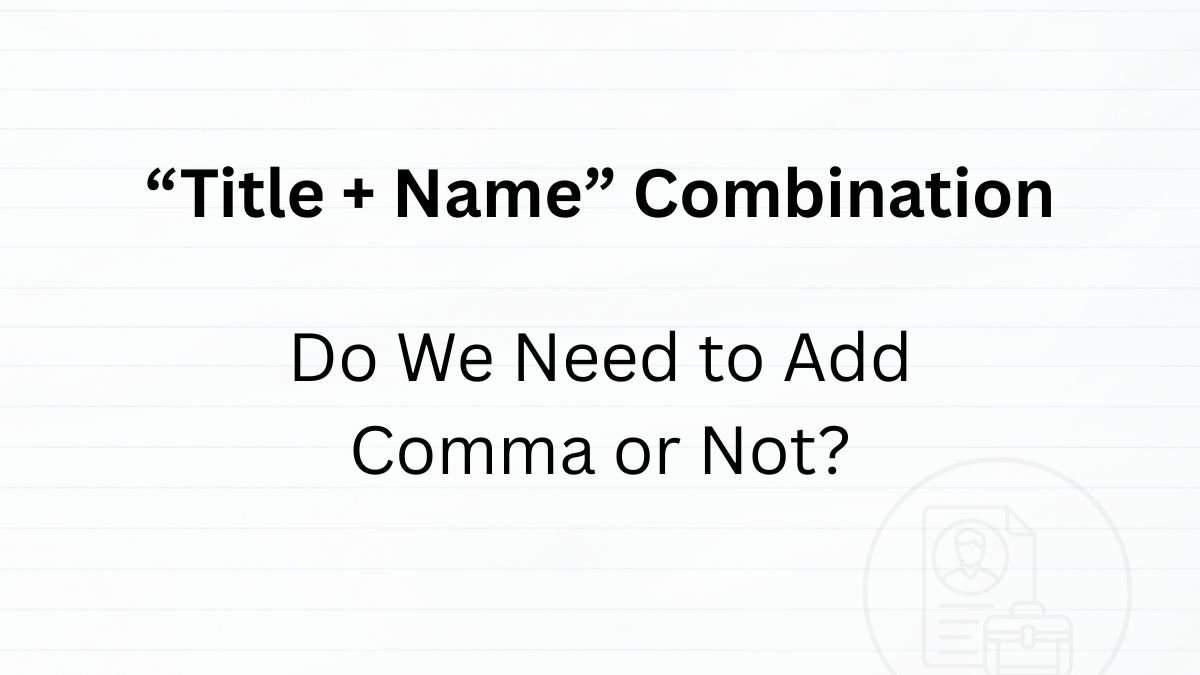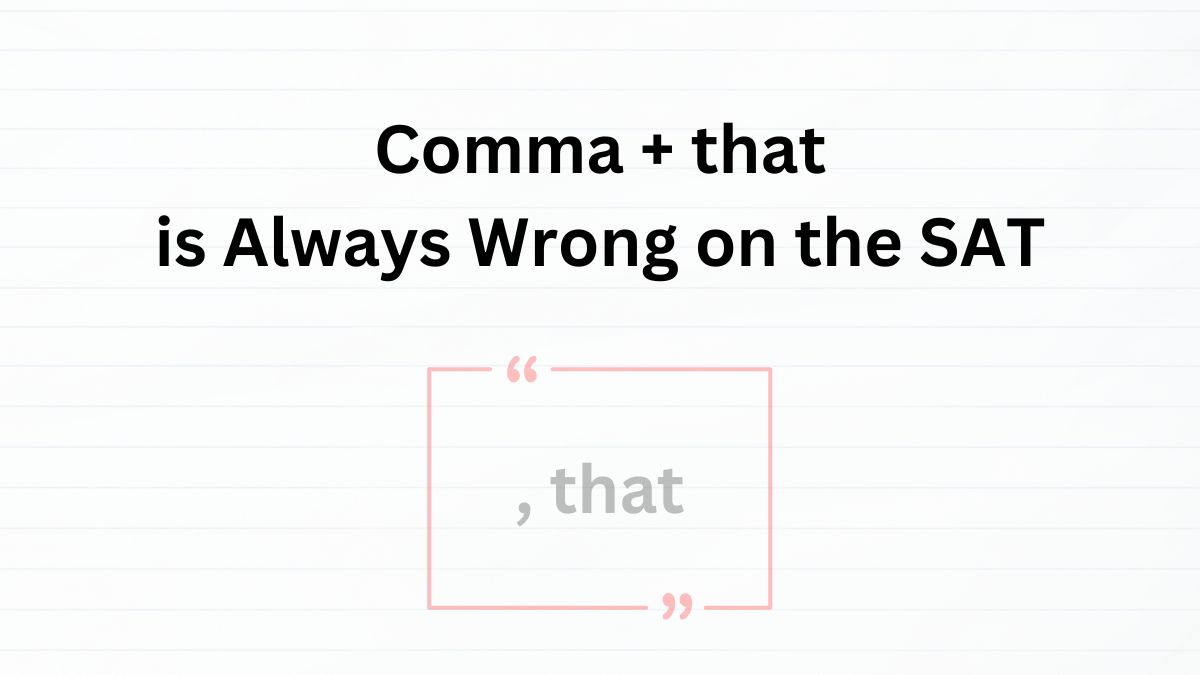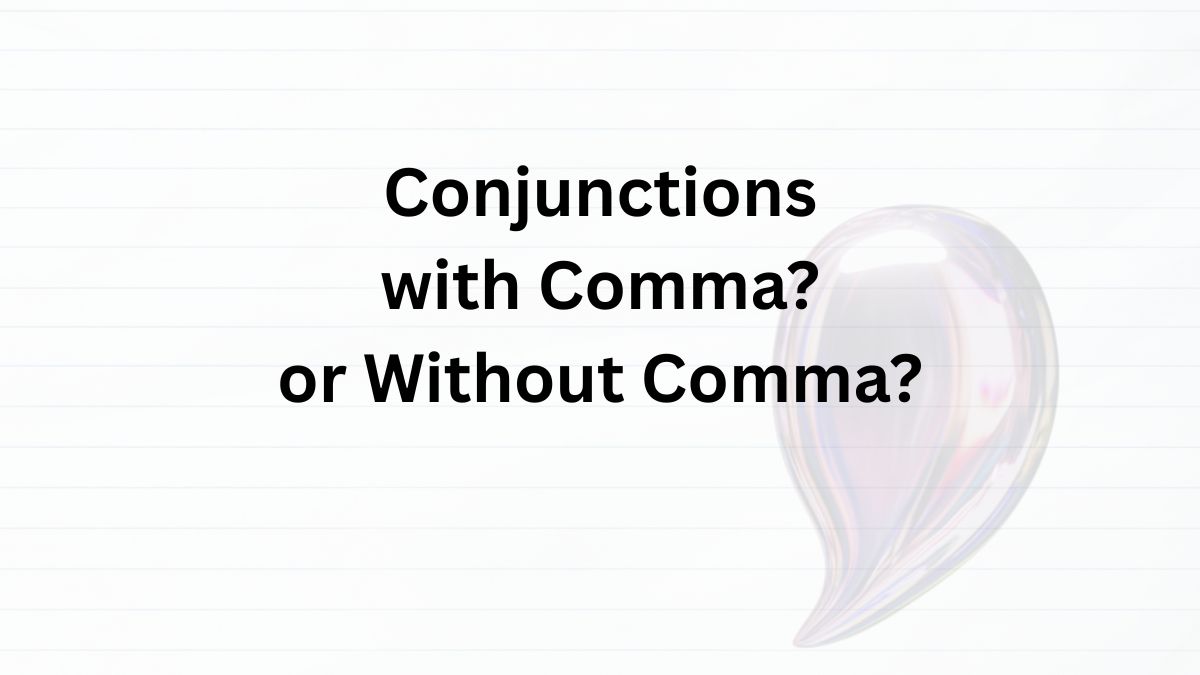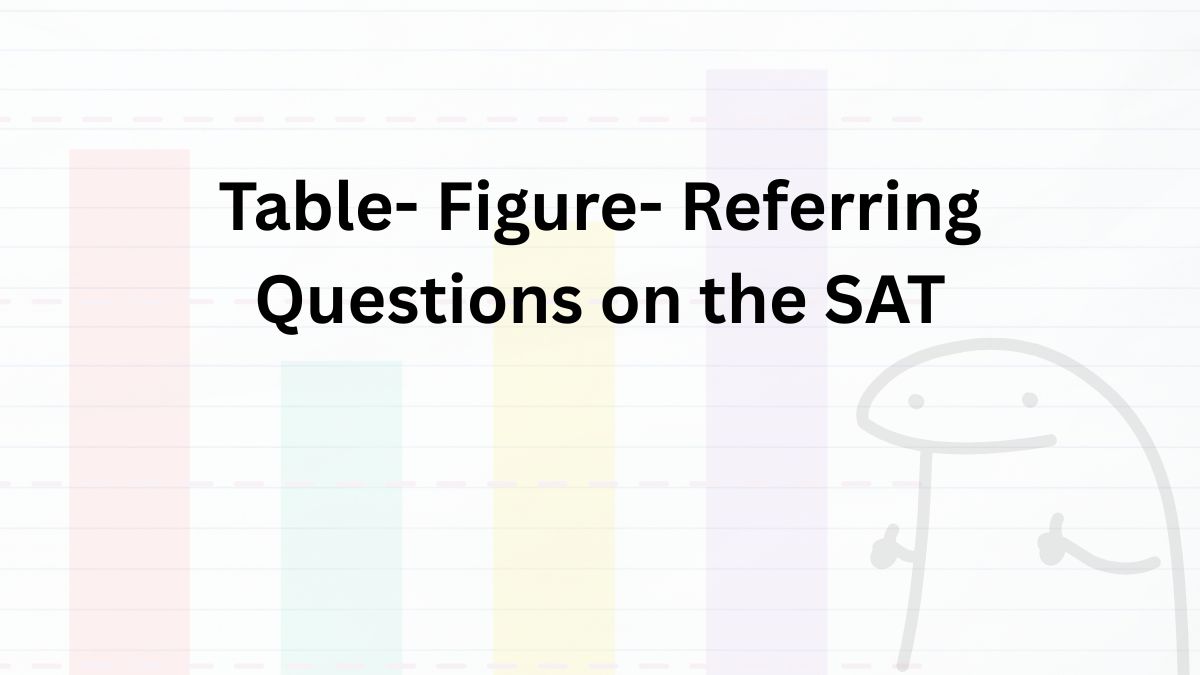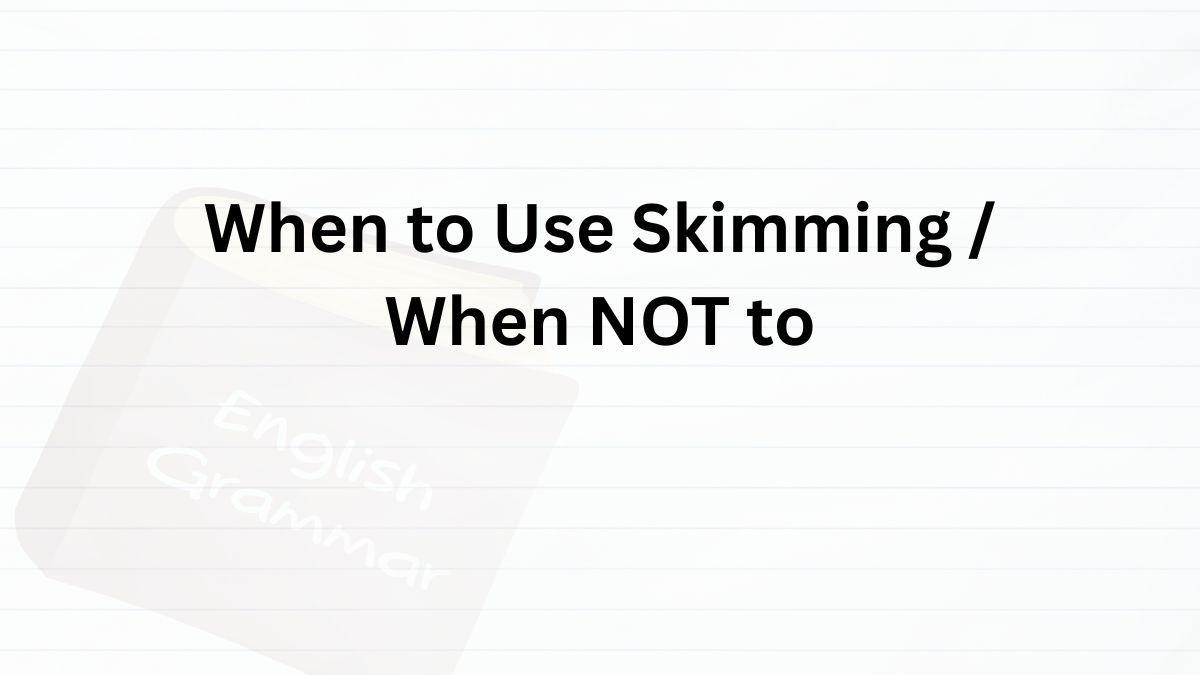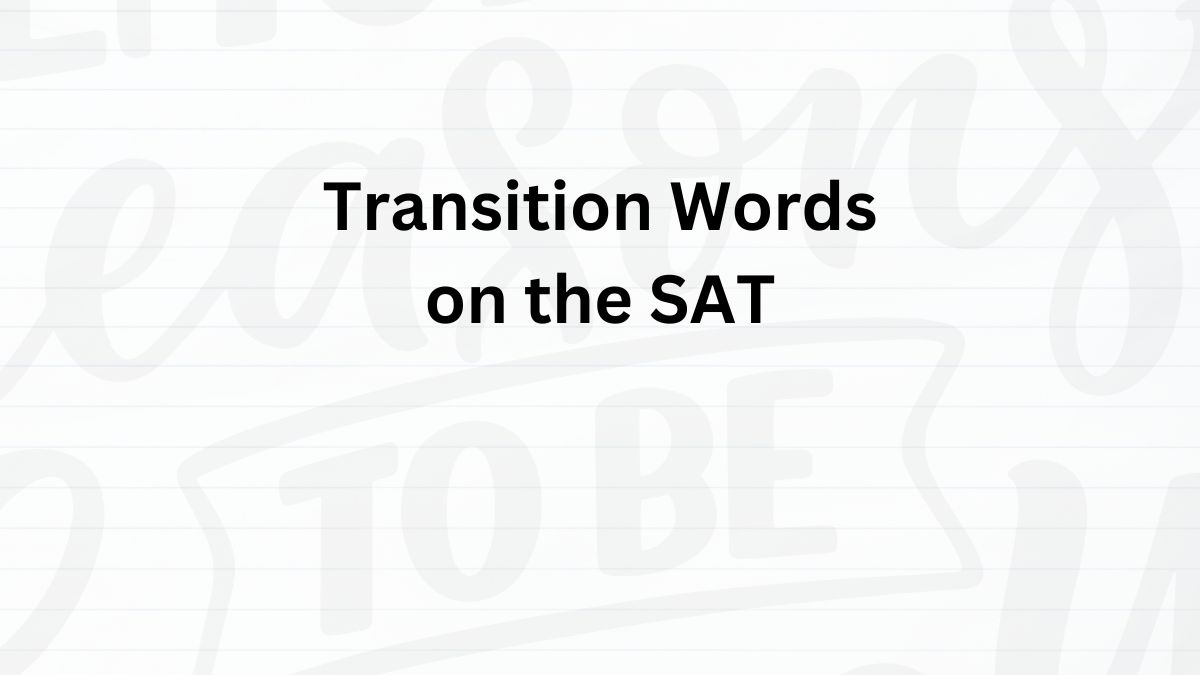
Transition Words on the SAT: Before and After Matter Most
Table of Contents
On the digital SAT, each module has two to three transition word questions. So, mastering the approach for this type of questions will surely contribute to your SAT score.
Transition Words
Transition words are adverbs that show a shift in thought or a connection between ideas before and after the word. They help guide the reader smoothly from one sentence to the next.
Many students believe that longer essays always earn higher scores. However, quality matters more than quantity.
In this example, the transition word however signals a clear contrast between the two ideas. The first sentence states a common belief about essay grading, while the second introduces the opposite view.
Here, the contrast becomes sharper and easier to notice thanks to the transitional adverb “however.”
We have spent years for collecting data. This experiment will, therefore, provide conclusive data.
A transition word doesn’t always have to appear at the beginning of a sentence. It can also be placed in the middle or at the end, without changing its meaning. In this example, “therefore” shows that the second sentence is the logical conclusion of the first.
Locations of Transition Word
A transition word can appear in three main positions:
- At the beginning of a sentence (sentence-initial)
- In the middle of a sentence (usually after the subject)
- At the end of a sentence
Although the position can vary, the meaning stays the same: the transition still connects the sentence before it with the one that follows. The only real difference is tone. Placing a transition word in the middle or at the end of a sentence tends to sound slightly more formal.
Here’s an example to illustrate this idea:
Sustainable agriculture aims to reduce environmental harm while maintaining high productivity. Some farms, for instance, have begun rotating crops and planting cover crops to enrich the soil and minimize the need for chemical fertilizers.
In this example, the transitional expression for instance appears in the middle of the sentence, giving the statement a slightly more formal tone. It can also appear at the beginning:
Sustainable agriculture aims to reduce environmental harm while maintaining high productivity. For instance, some farms have begun rotating crops and planting cover crops to enrich the soil and minimize the need for chemical fertilizers.
Or at the end:
Sustainable agriculture aims to reduce environmental harm while maintaining high productivity. Some farms have begun rotating crops and planting cover crops to enrich the soil and minimize the need for chemical fertilizers, for instance.
Regardless of its position, the meaning stays the same. It signals an example that supports the previous idea.
Focus on Before and After the Blank
For most transition word questions, the key is to check the parts before and after the blank. Focus on how the two ideas are related. For example, if the sentences contrast with each other, a transition word like “however,” “nevertheless,” or “in contrast” would fit naturally.
Let’s see how this approach works in an actual SAT-style question.
Explanation
If you look at the answer choices, you’ll notice that each option is a transition word. That’s a clear sign that this question tests your understanding of transitions.
Now, look at the two parts of the sentences:
- Previous sentence: Langston Hughes explored themes of identity and resilience through poetry.
- Following sentence: Visual artists like Aaron Douglas incorporated African heritage and contemporary struggles into striking murals.
Both parts discuss how the theme of identity is expressed—but in different forms: one through poetry, the other through art. The relationship between these ideas is one of similarity with added information.
That’s why nevertheless and in contrast don’t work; they suggest opposition, not similarity. As a result doesn’t fit either, because there’s no cause-and-effect relationship.
The best choice is “similarly.” Both sentences express the same concept the theme of identity but through different artistic media: poetry and murals.
Here’s another question asking a transition word.
Explanation
Again, once you look at the answer choices, you’ll notice that this question asks you to choose the correct transition word. Let’s analyze the relationship between the parts before and after the blank.
Be careful, though, pay attention to the sentence structure.
During the early Industrial Revolution, textile production surged, driving demand for raw cotton across the Atlantic. The expansion of cotton plantations in the American South, ______, was deeply tied to the forced labor of enslaved people, linking industrial growth in Europe to the intensification of slavery in the Americas.
Here, the blank appears in the middle of the sentence, right after the subject. When a transition word is placed inside a sentence like this, it functions much the same way as it would at the beginning of a sentence.
We can rewrite it like this for clarity:
During the early Industrial Revolution, textile production surged, driving demand for raw cotton across the Atlantic. ______, the expansion of cotton plantations in the American South was deeply tied to the forced labor of enslaved people, linking industrial growth in Europe to the intensification of slavery in the Americas.
Now, let’s look closely at the sentences before and after the blank.
- Previous sentence: During the early Industrial Revolution, textile production surged, driving demand for raw cotton across the Atlantic.
- Following sentence: The expansion of cotton plantations in the American South was deeply tied to the forced labor of enslaved people, linking industrial growth in Europe to the intensification of slavery in the Americas.
The second sentence continues and develops the idea introduced in the first. It doesn’t contrast or introduce a new topic.
For this reason, “moreover” doesn’t fit, since it usually adds a separate but related point. Likewise, “as a result” is incorrect because the relationship isn’t cause and effect. Also, “for example” doesn’t work because no specific instance is given.
The best choice is “in turn.” It naturally connects the two sentences by showing what happened next as a consequence of the growing demand for raw cotton. A word like “subsequently” would carry a similar meaning.
Transition Words/Expressions Often Appear on the SAT
The following is a list of transition words and expressions that frequently appear on the SAT.
List of transition expressions
- Contrast in Meaning
However
Nevertheless
In contrast
Contrarily
On the contrary
In comparison
That said
On the other hand
- Cause–Effect Relationship
Consequently
As a result
Therefore
As such
Thus
Hence
- Showing Sequence or What Happens Next
Subsequently
Next
Firstly, Secondly, …
- Introducing Examples
For example
For instance
In fact
- Adding or Expanding Details
Specifically
Especially
- Shifting to a New Topic or Point
Moreover
Furthermore
Besides


